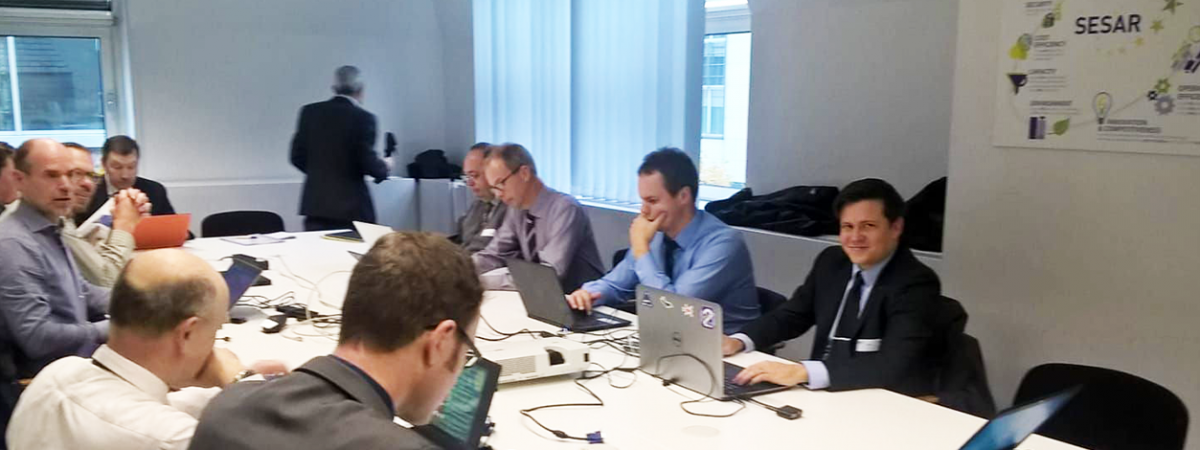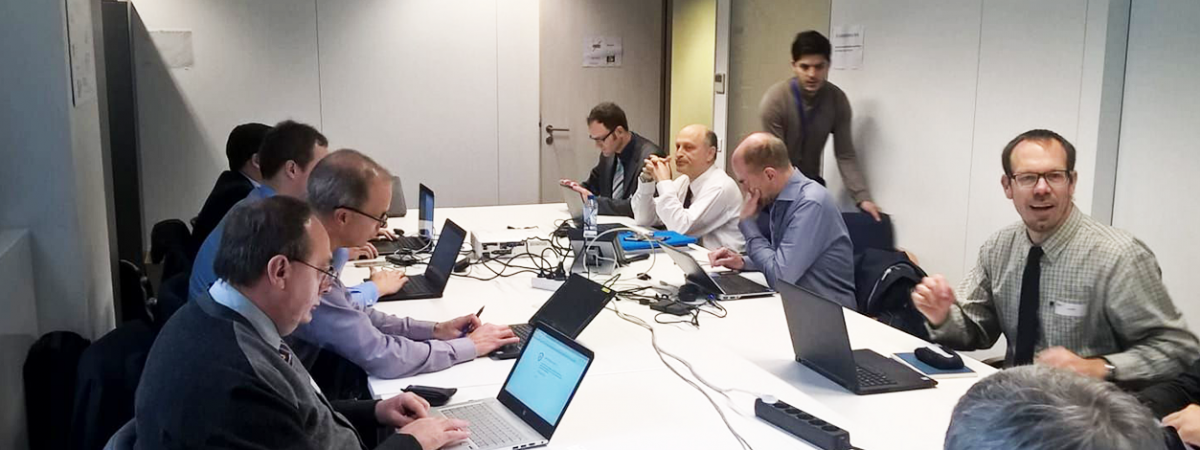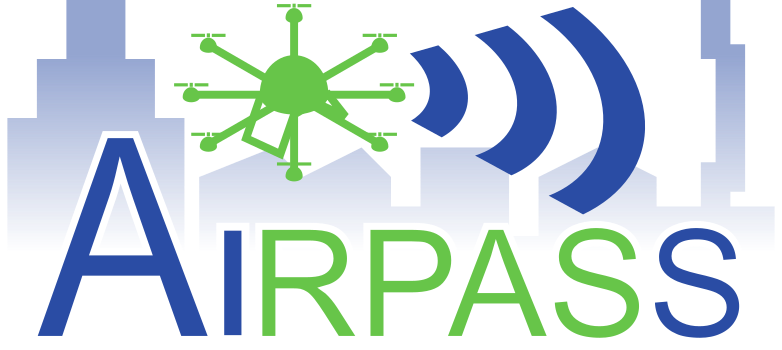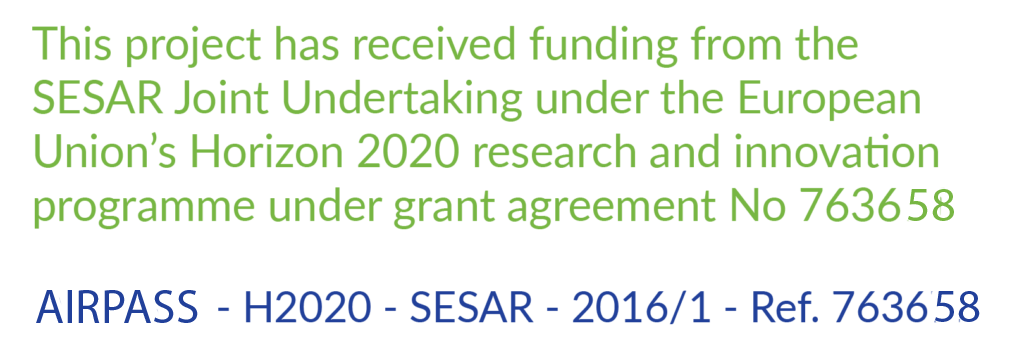What are the objectives of the AIRPASS project?

The demand for drone service is steadily increasing, with the potential to generate significant economic growth and social benefits. In order to realize this potential, the Declaration call for “Urgent action on the airspace dimension in particular the development of the concept of U-space”.
U-space (european version of the american Unmanned Traffic Management) is a set of new services and specific procedures designed to support safe, efficient and secure access to airspace for large numbers of drones. This will also enable complex drone operation with a high degree of automation to take place in all types of operational environments, including urban areas.
In order to define and validate U-space concept of operation, several project have been defined and one of them is AIRPASS.
The AIRPASS objective is to evaluate the technologies on-board the drone itself that are needed, or that need to be developed, in order to implement the UTM concept. The U-Space will allow for an organized end effective use of drones, towards social, industrial, research and daily life applications in the UE.
These objectives will be achieved during the project and are considered to be fully realistic, based on the well-balanced expertise of the consortium consisting out of highly rated research and industry parties. AIRPASS addresses the on-board technologies for drones that are required in order to implement the Unmanned Traffic Management (UTM) concept for drone operations in very low level (VLL) conditions and within the visual flight rules (VFR) environment.
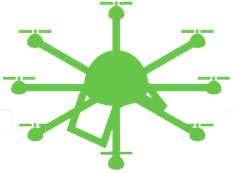

The AIRPASS project will identify and assess the technologies that are available, based on their suitability within the UTM concept, and investigate how these can be used in terms of scalability and cost effectiveness. The European Organization for Civil Aviation Equipment (EUROCAE), EASA and JARUS (Joint Authorities for Rulemaking on Unmanned Systems) have already developed material w.r.t D&A in particular, which will be incorporated in this work, and feedback will be provided generated by the validation envisaged in this project.

